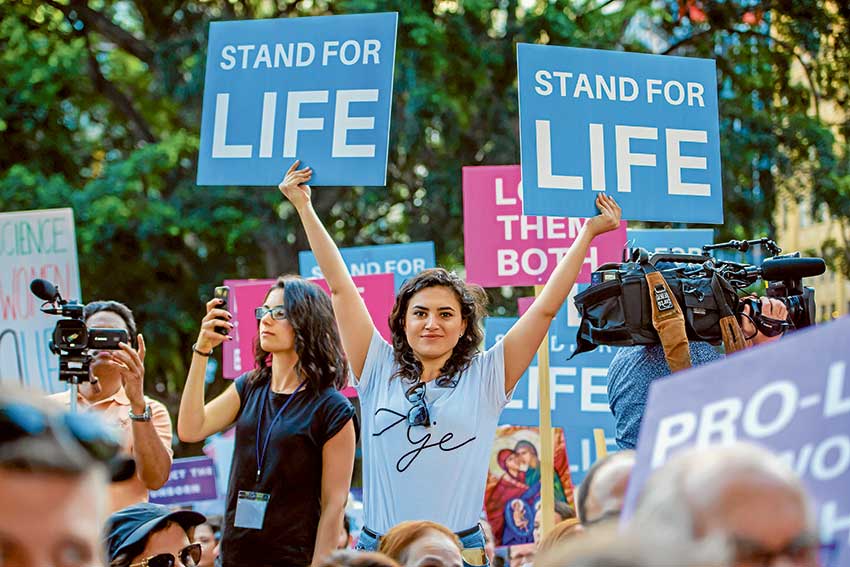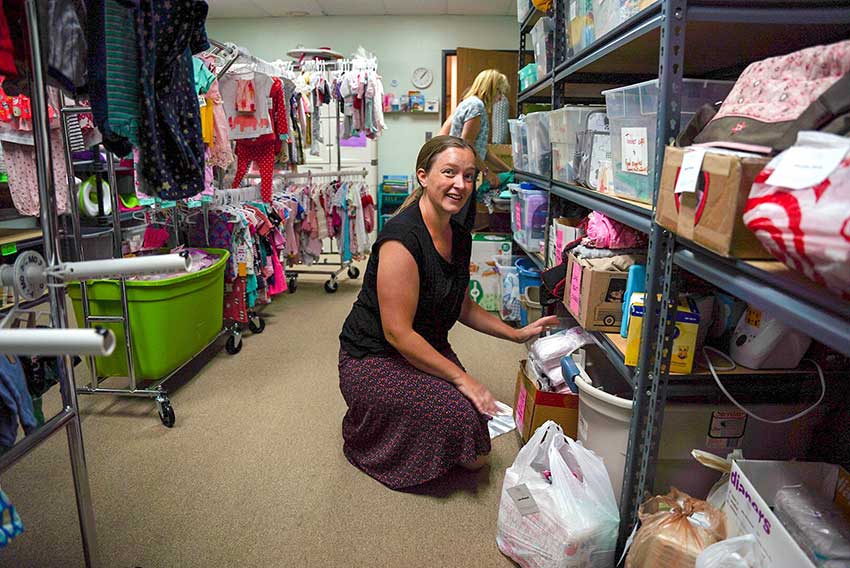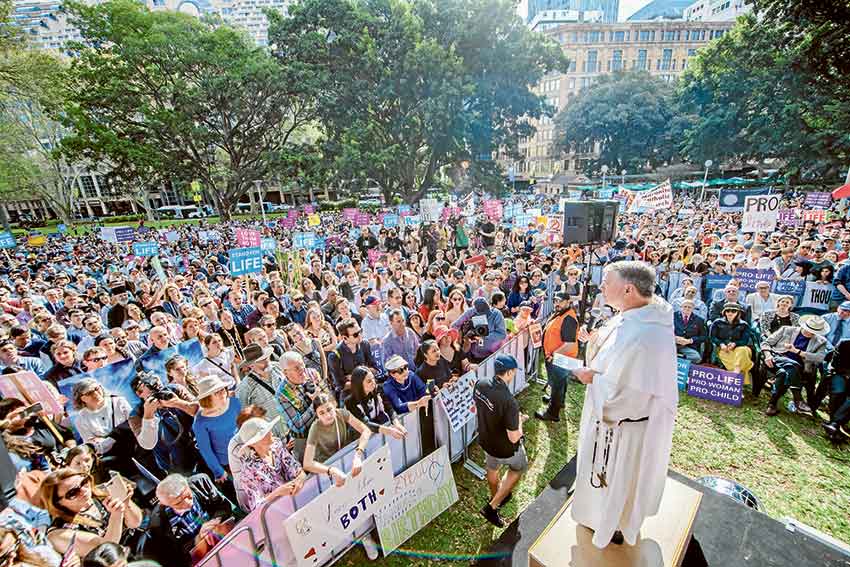
A new survey has found a surprising lack of support for abortion up to 20 weeks. The Ipsos survey reports that only 39 per cent of Australians support women accessing abortion before 20 weeks. This globally renowned survey released earlier this month recorded responses from 1000 Australians and weighted the results to represent the population accurately.
This low level of support for abortion up until 20 weeks is in stark contrast to the grim reality that abortion up to birth is now legal in every state and territory in Australia.
For the first time in Australia’s history, we have wall-to-wall abortion up to birth for an extremely wide range of reasons.
Mismatch between laws and views
Last year, South Australia and the Northern Territory became the last two jurisdictions to adopt abortion up to birth – a legislative trend which began in Victoria in 2008.
The Ipsos poll points to a clear mismatch between Australia’s extreme abortion laws and the views of most Australians.
Given that the Ipsos poll exposes a distinct lack of support for abortion up to 20 weeks, I think most Australians would say we have gone way too far on this question of abortion.

Pulp fiction
The abortion industry argues that late-term abortion is rare and only happens because a baby is going to die anyway. However, the evidence does not support these two propositions. For example, in Victoria between 2009 and 2020 there have been 4186 babies who have lost their life to late-term abortion. These gestationally-viable babies are unique, unrepeatable human beings whose lives are arbitrarily and violently ended through late-term abortion.
I don’t see 4186 gestationally-viable babies losing their life through late-term abortion in Victoria between 2009 and 2020 as rare. If there were this many shark attacks on Victorian waters in that same time period, I don’t imagine many of us would be getting into the water in a hurry.
Proponents maintain that late-term abortion only accounts for 1-2 per cent of abortions.
What the abortion industry’s propaganda hides
But for me, this doesn’t speak to the scarcity of late-term abortion but the frequency of abortion overall in Australia today.
There are now over 80,000 abortions every year in Australia.
Over a ten-year period, this is close to a million lives lost to abortion.
It is also a myth that late-term abortion only happens when a baby is going to die anyway.
In Victoria between 2009 and 2020 there were 1891 gestationally-viable babies who had their lives ended through late-term abortion who had nothing wrong with them. In these cases both the mother and baby were perfectly physically healthy and the abortion was recorded as being for a “psychosocial reason”.

The figures don’t lie
A “psychosocial reason” is an extremely broad category that encompasses everything from mental health to housing and work stress, social disruption, bereavement and relationship difficulties. In fact, it is difficult to think of a reason for abortion which does not, in some way, come under the broad umbrella of “psychosocial reason”.
The other thing abortion proponents love to say is that abortion up to birth is a misleading term and never happens in practice. But again the data exposes the opposite. For example, in Victoria in 2011 a physically healthy baby who was in the womb of a physically health mother had her life ended through abortion at 37 weeks. Thirty seven weeks is full term. Over a quarter of babies are born between 37 and 38 weeks. My own son was born at 37 weeks gestation.
Abortion is not a quick fix for a woman who is struggling in her pregnancy or in her life in general. In late-term abortion, a pregnant women still has to deliver her baby except she gives birth to a dead baby. Except some times the baby has not died in-utero and is born alive, typically with no rights to palliative care or life-saving medical treatment. For example, in Victoria between 2009 and 2020 there have been 438 gestationally-viable babies born alive and left to die as a result of abortion.

The human rights challenge of this generation
For me, abortion is the human rights challenge facing our generation. There is no other human rights abuse in our world today which involves the violent and arbitrary destruction of human life on this scale. With the Ipsos poll showing a distinct lack of support for abortion up to 20 weeks, it is incumbent upon all of us to draw attention to Australia’s extreme abortion laws which allow abortion up to birth.
This is not an issue on which we can afford to stay silent.
Ultimately the tide will only turn against abortion when we change people’s hearts and minds and we elect politicians who stand up for the human rights of babies in the womb.
No option for silence
As developments in medical science improve, this will only get easier. It is no longer possible to argue, as pro-abortionists have done, that an in-utero baby is ‘a collection of cells’ or a ‘potential human’ or a ‘parasite’.
The truth proved by science is this: at the moment of fertilisation, when the egg is fertilised by sperm, a unique, individual human being comes into existence. It is at this point that human rights attach to this new human being.
We all begin our lives as a single-cell embryo.
As a tiny embryo, all our genetic material is present, with eye colour, height, skin tone and a million other characteristics already predetermined.
By 12 weeks a baby is fully formed with all necessary organs and body parts. By 21-22 weeks a baby can be born alive and this threshold keeps moving earlier as science advances.

We must stay in the fight – and start the conversations
All Australians who care about the human rights of the unborn need to stay in this fight. In-utero babies are the most vulnerable and voiceless members of our society.
Abortion is the human rights issue of our time. We all need to become equipped and well-versed on abortion: what it is, who it hurts and why it is ethically wrong and never medically necessary.
We need to have this conversation, one person at a time, and show how abortion hurts a pregnant woman and violently ends the life of an innocent baby.
To receive Joanna Howe’s daily updates and short, educational videos on abortion, follow her on TikTok and Instagram @drjoannahowe
Related
